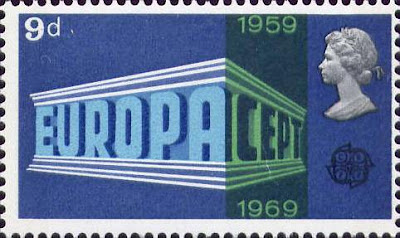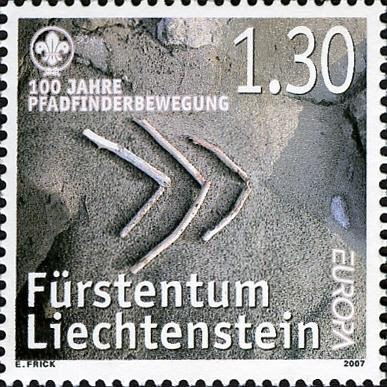
Europe
After the Cept and Europa stamps, the Norden stamps and the UPAEP stamps, here is a new European thematic stamp collection !!
The SEPAC group of Post Offices (
Small European Postal Administrations Cooperation)
will issue their first joint stamp issue in the new SEPAC collection on 1st October of this year.
The
purpose of the SEPAC stamps is to highlight to the world-wide philatelic industry and to stamp collectors alike, the joint cooperation of the SEPAC member Post Offices/Postal Administrations in connection with the
promotion of philately and
to make the public aware of the history, nature, scenery and culture of the SEPAC member Post Offices/Postal Administrations’ European countries.
The member Post Offices in the SEPAC Group are
Åland Post, Faroes Post, Gibraltar Philatelic Bureau, Post Greenland, Guernsey Post Ltd, Iceland Post, Isle of Man Post, Jersey Post Ltd, Liechtenstein Post Corp., Maltapost plc, Monaco Post and San Marino Post.
The theme chosen by the SEPAC membership for the first Joint Stamp Issue is ‘
scenery’. Each member Post Office may interpret this theme in their own preferred manner and eleven of the twelve Post Offices will release their stamps on the same date - 1st October 2007. (San Marino Post is not taking part in 2007).
The SEPAC group has its own official SEPAC logo, the use of which is only available to registered SEPAC members and in accordance with formal guidelines. The SEPAC logo will be reproduced for the first time on one stamp only within each Post Office’s set of ‘scenery’ stamps in 2007. The SEPAC stamp within each set will be that bearing the first weight step postage rate to European destinations.
Joint Issue Folder
A Special SEPAC Joint Stamp Issue folder will also be issued on 1st October 2007. Entitled ‘Beautiful Corners of Europe’, this folder will contain one SEPAC logo stamp from each of the eleven participating Post Offices. The stamps will be housed in protective carriers secured within the folder which will be decorated with attractive illustrations and informative text from each of the eleven countries.
The ‘Beautiful Corners of Europe’ Folder will be available for sale from all eleven Philatelic Bureaux of the participating SEPAC Post Offices.
Further SEPAC Joint Stamp Issues are scheduled to be issued in 2009 and 2011 when San Marino Post and any additional new SEPAC member Post Offices may participate.
SEPAC Membership Criteria
On 16th November 2006, the SEPAC group made a presentation at the PostEurop Philatelic Forum (
my post of the 14th November 2006), Brussels to give information to other European Post Offices about the SEPAC group and its Philatelic activities - which include two Conferences each year.
During the presentation, the criteria for membership of SEPAC were explained to the PostEurop Philatelic Forum delegates. Other interested Post Offices that fulfill the membership criteria were invited to register to join the SEPAC group.
The criteria for SEPAC membership are as follows:
- The Post Office/Postal Administration must be located within Europe
- The Post Office/Postal Administration must be independent
- The Post Office/Postal Administration must have a small home market with more than 50% of its Philatelic customers living outside its own country.
During the recent SEPAC meeting held in Brussels, Maltapost representative George Galea was elected vice-chairman of the group presently formed between thirteen countries, as Luxembourg joined the group at the end of the meeting.
An official launch of the SEPAC Joint stamp issue and the ‘Beautiful Corners of Europe’ Folder will take place on
3rd May 2007 during the
Essen stamp exhibition.
 Belgium
Belgium




































